Amid the surging trend of home renovations, bathrooms—as a key indicator of living standards—are increasingly becoming the focal point for consumers and designers alike. Among bathroom fixtures, white bathroom vanities have gradually emerged as star products in the renovation market, thanks to their fresh, versatile appeal. However, as their popularity rises, the pros and cons of white vanities have sparked heated discussions both within and outside the industry.
Market Trends: White Vanities Dominate the Mainstream
According to the 2025 Global Bathroom Market Research Report, white vanities have steadily increased their market share over the past five years:
North American Market: Over 45% of newly installed bathrooms feature white vanities, particularly favored in mid-to-high-end residences.
European Market: White cabinetry aligns seamlessly with minimalist and Nordic styles, making it the dominant choice.
Asia-Pacific Market: In countries like Japan, younger consumers favor “clean and minimalist” designs, driving over 18% growth in white cabinet sales.
Beyond private residences, hotels, apartments, and premium long-term rentals increasingly adopt white cabinets to elevate overall aesthetics and living experiences. Industry experts note this trend signals white cabinets' expansion beyond “home renovation choices” into broader commercial spaces, further expanding market capacity.
Advantage Analysis: Why Are White Bathroom Cabinets So Popular?
Versatility
White pairs effortlessly with virtually any material or color, creating a harmonious overall effect whether paired with marble countertops, dark tiles, or light wood flooring.
Enhanced Sense of Space
In compact or poorly lit bathrooms, white cabinets effectively boost brightness, making the space feel more open and spacious.
Timeless Appeal
Compared to trendy colors, white possesses a stronger classic appeal, maintaining its aesthetic value over years of use without appearing outdated.
Emphasizes Cleanliness
White is inherently associated with “cleanliness,” evoking a sense of hygiene and minimalist comfort—particularly crucial for bathroom spaces.
Designers widely agree that white bathroom cabinets can serve as both a focal point and a “neutral backdrop,” helping other materials or vibrant accessories stand out.

Disadvantages: Challenges of White Bathroom Cabinets
However, white bathroom cabinets are not without flaws, and their potential drawbacks warrant attention:
Prone to Showing Stains and Marks
Water spots, soap scum, and dust are highly visible on white surfaces, requiring more frequent cleaning and maintenance.
High Material Durability Requirements
If materials are poorly chosen, white surfaces may yellow or age prematurely, compromising overall aesthetics.
Style Limitations
In certain traditional or mid-century modern bathrooms, white vanities may appear jarringly out of place, lacking the harmony achieved by wood or dark-colored cabinets.
Consumer Perception Concerns
Some buyers worry white furniture is “less durable,” potentially steering them toward alternative colors during purchase.
Expert Perspective: Rational Choice Matters Most
Andrew Clayton, an expert from the International Interior Design Association, stated:
“White bathroom cabinets are a relatively safe and stylish choice, but renovations shouldn't blindly pursue ‘white’ at the expense of overall spatial harmony. While they can create stunning effects in well-lit bathrooms, improper pairing may instead make the space feel cold or monotonous.”
He also advises consumers to integrate lighting design and wall colors, incorporating warm lighting or light wood elements to prevent the space from feeling overly cold.
Consumer Case Studies: Mixed Real-Life Experiences
Emily, New York apartment owner: Opted for white vanities during her bathroom renovation. She describes the space as “bright and fresh every time I open the door,” though admits frequent wiping is needed to remove water marks.
Tom, London homeowner: Chose white vanities paired with dark gray tiles for a striking contrast, believing this was key to elevating the overall aesthetic.
Young America couple: Opted for a vanity with a matte white finish. After one year of use, they noticed slight yellowing in certain areas and eventually had to replace it.
These examples show that while white vanities offer visual appeal, they also come with maintenance costs. Consumers often need to balance “aesthetics” and “durability” when making their choice.
Brand Trends: Manufacturers Actively Refining Products
Facing market demands and challenges, major bathroom brands are actively optimizing white vanity offerings.
Material Upgrades: Incorporating waterproof, moisture-resistant, and mold-proof eco-friendly coatings to extend lifespan.
Functional Enhancements: Adding smart mirror cabinets and sensor-activated lighting strips to boost practicality.
Personalized Options: Offering varied sizes, styles, and countertop materials to meet diverse household needs.
Reporters note that some well-known brands are also exploring “color-mixing series,” such as pairing white cabinets with colored drawers or metallic handles to add more dimensionality to the products.
Future Trends: White Bathroom Vanities Will Remain the Mainstay
According to industry forecasts, white bathroom vanities will continue to maintain market popularity over the next five years, especially among younger demographics pursuing minimalist and modern styles, where they will become the preferred choice.
Future development directions include:
Smart Features: Integration of LED light strips, smart anti-fog mirrors, and other functionalities.
Eco-Friendliness: Increased use of sustainable materials to meet green home demands.
Personalization: Launching eclectic collections, such as pairing white cabinets with colored countertops to break the monochromatic impression.
Design trends also indicate white will increasingly blend with natural elements—like pairing with light wood tones or stone textures—to create “natural Nordic” or “warm minimalist” aesthetics.
Conclusion
White bathroom vanities are becoming an evergreen staple in the bathroom renovation market. Their versatility, freshness, and timeless appeal win consumer favor, though concerns about staining and durability persist. Moving forward, material upgrades and design innovations hold promise for overcoming these limitations, ensuring white vanities maintain their mainstream status in bathroom design.
For both designers and consumers, rational selection and thoughtful coordination are key to maximizing the advantages of white bathroom vanities while mitigating their drawbacks. For manufacturers, the company that first solves the challenge of balancing durability with aesthetics will likely capture a larger share of the future bathroom cabinet market.

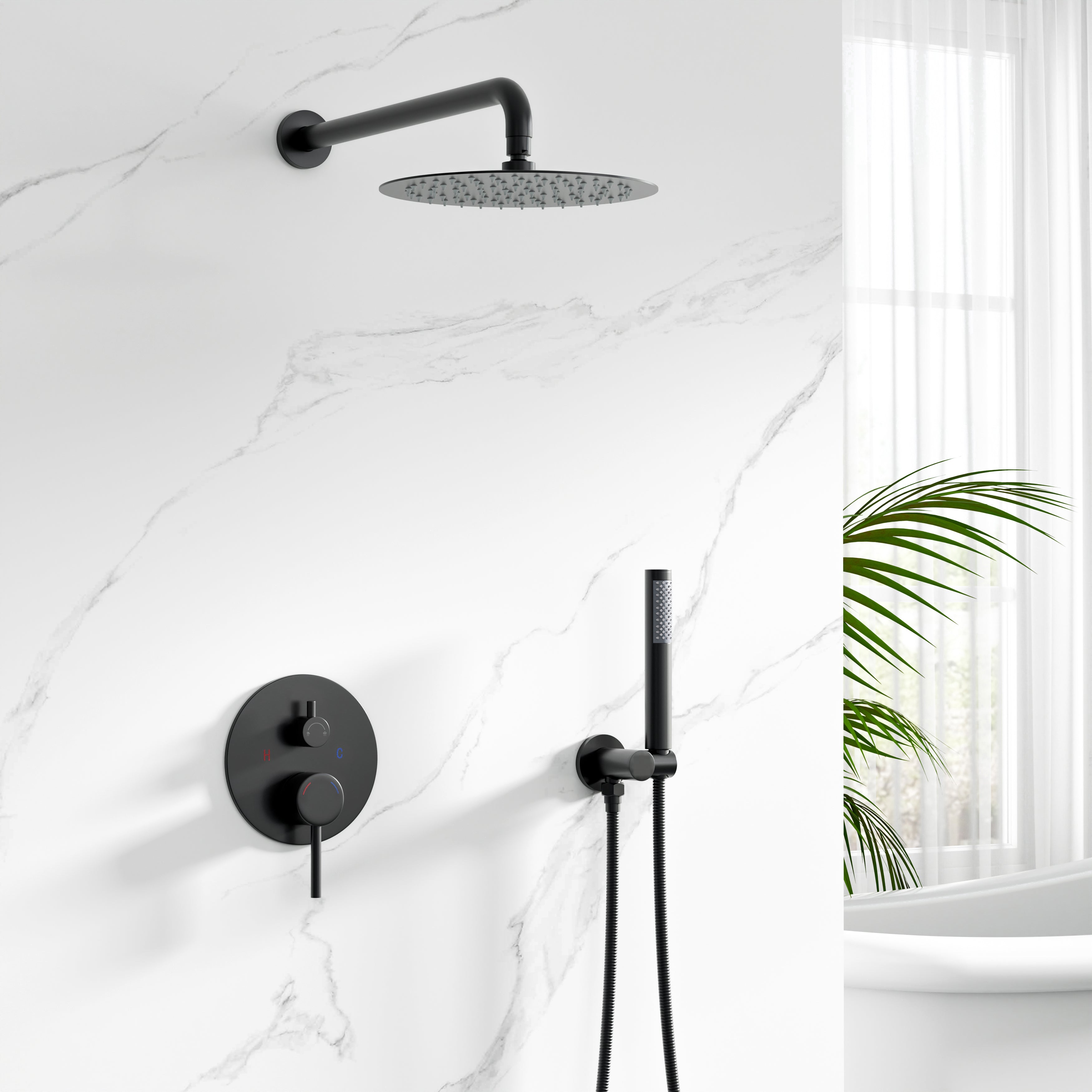
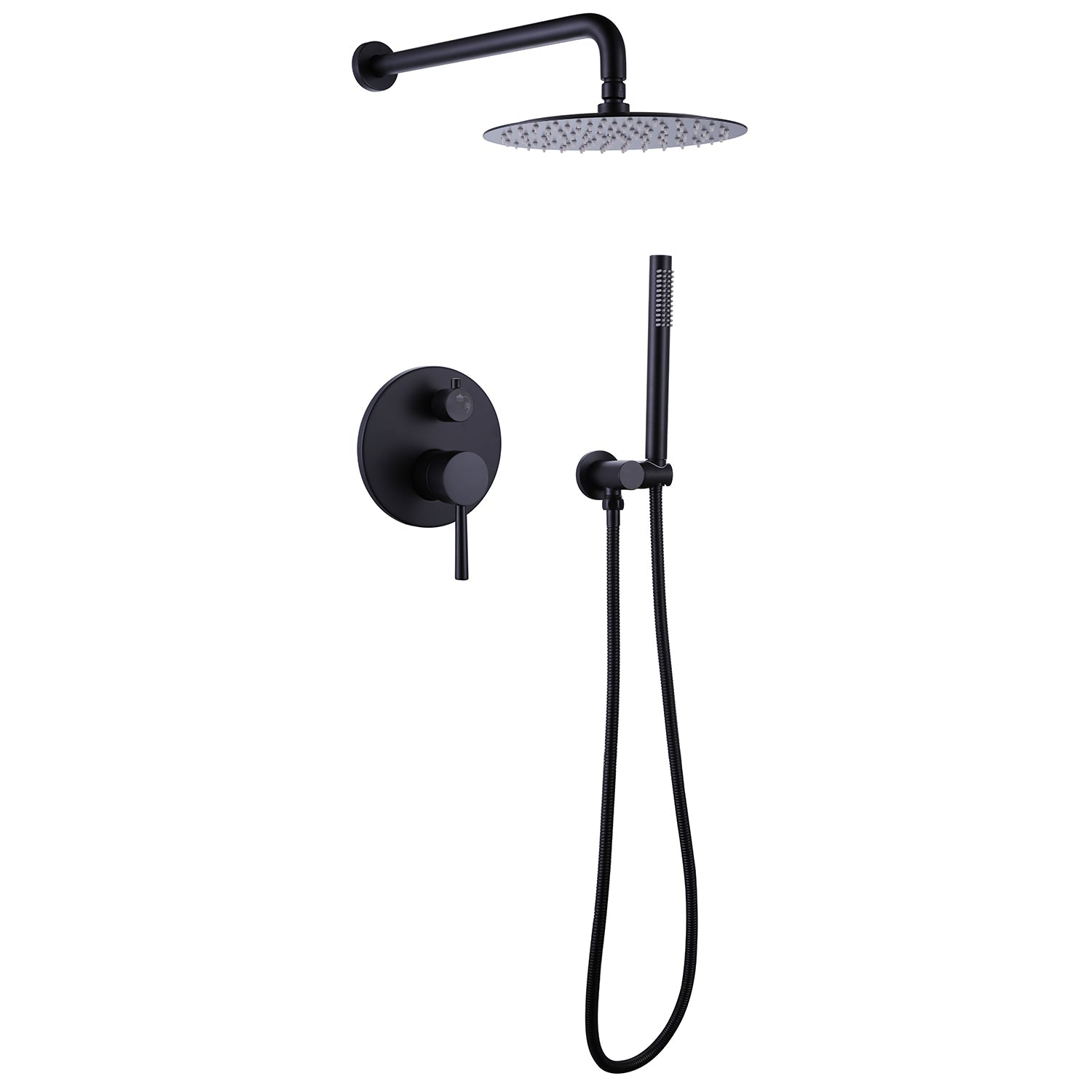


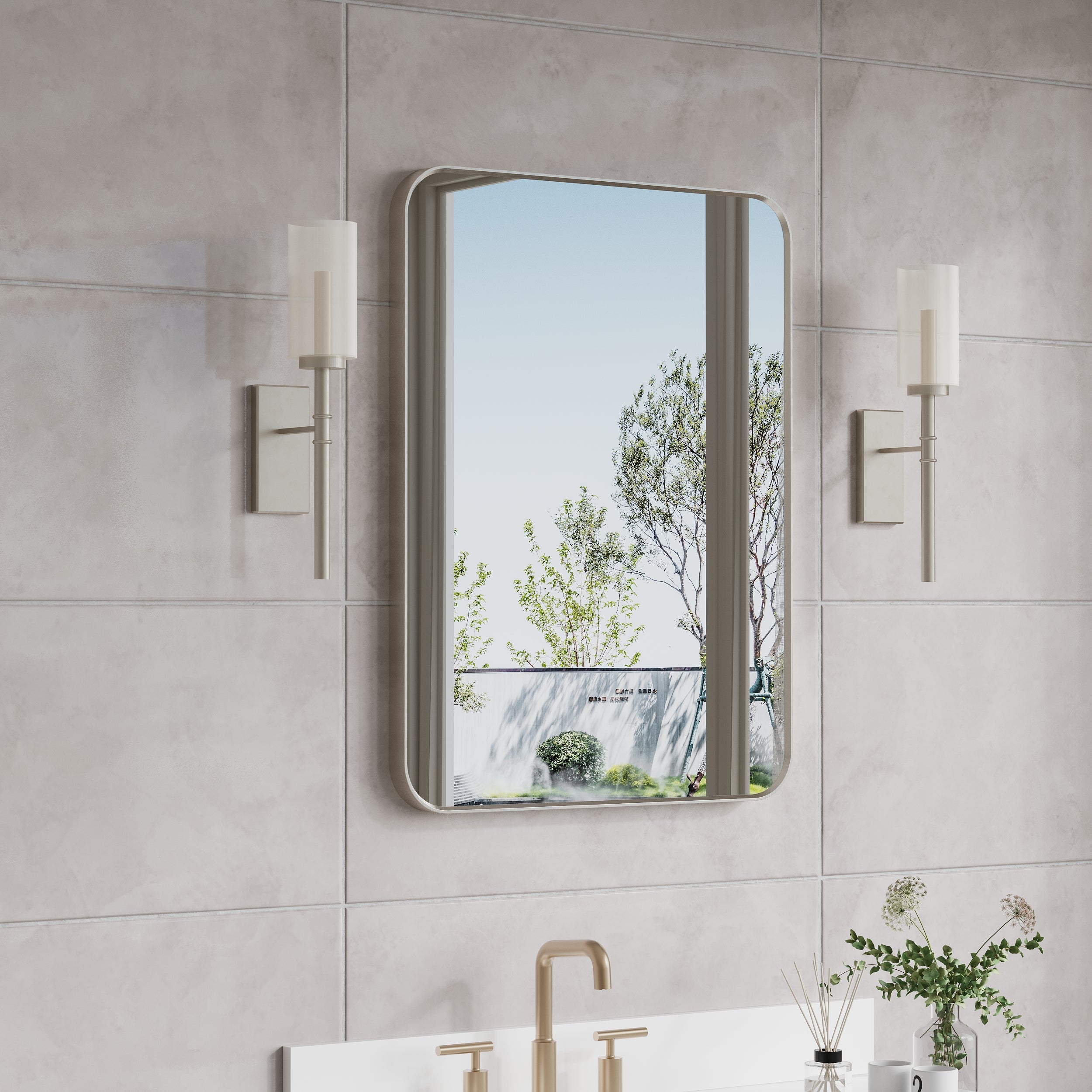
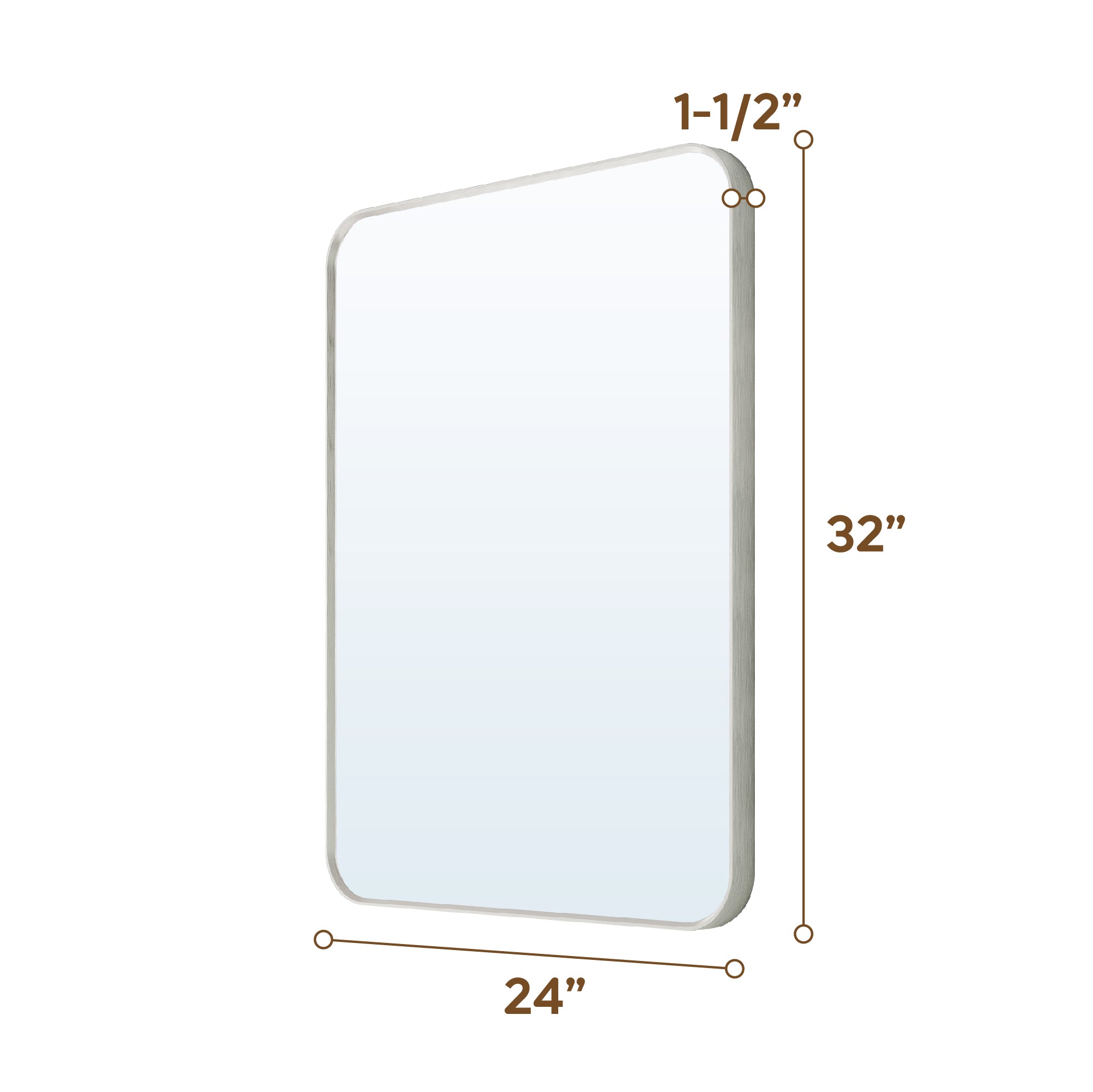

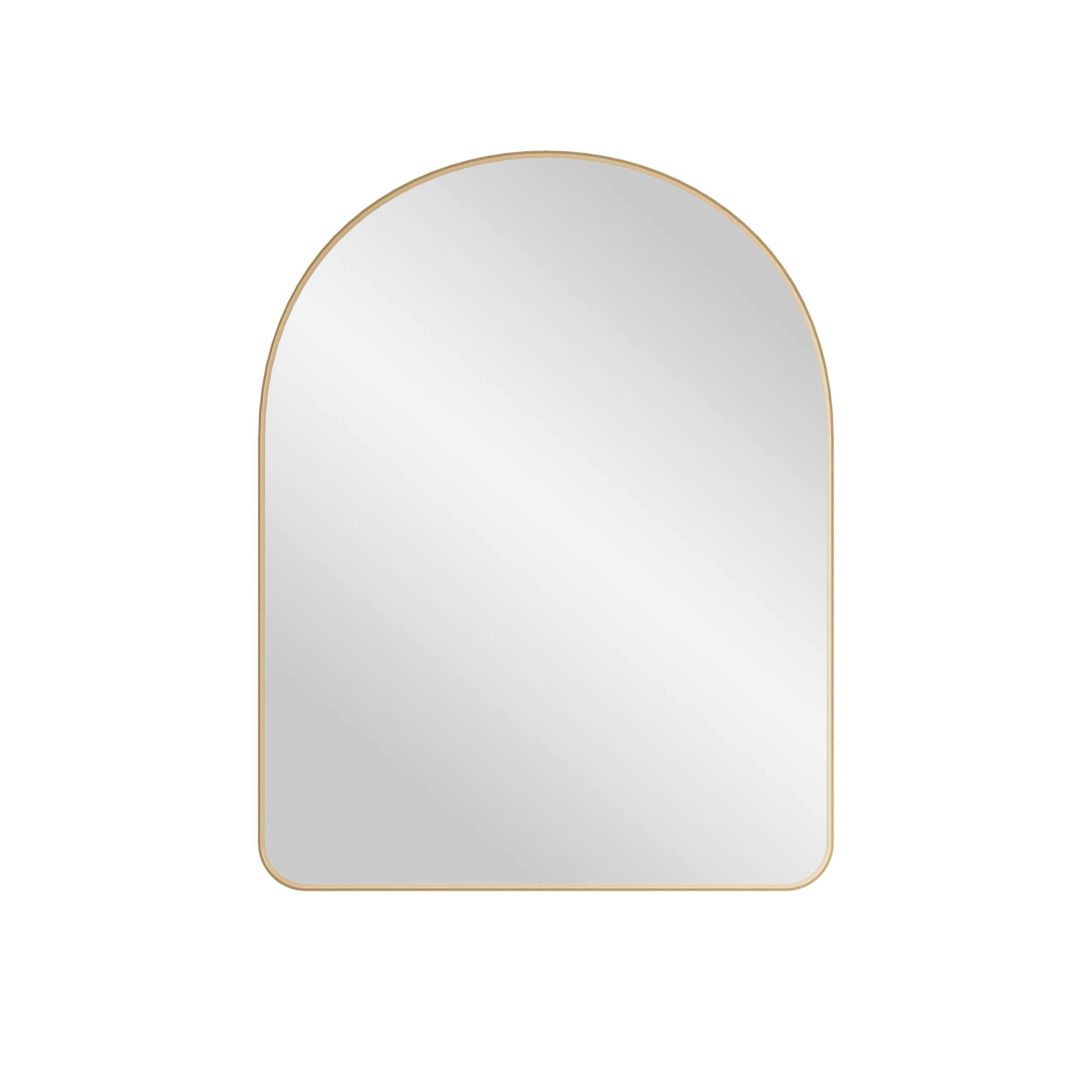

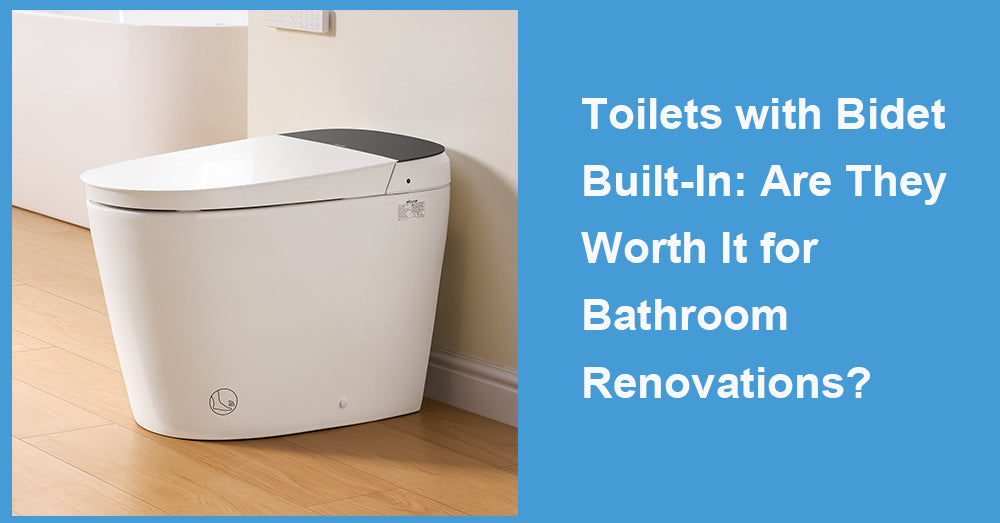
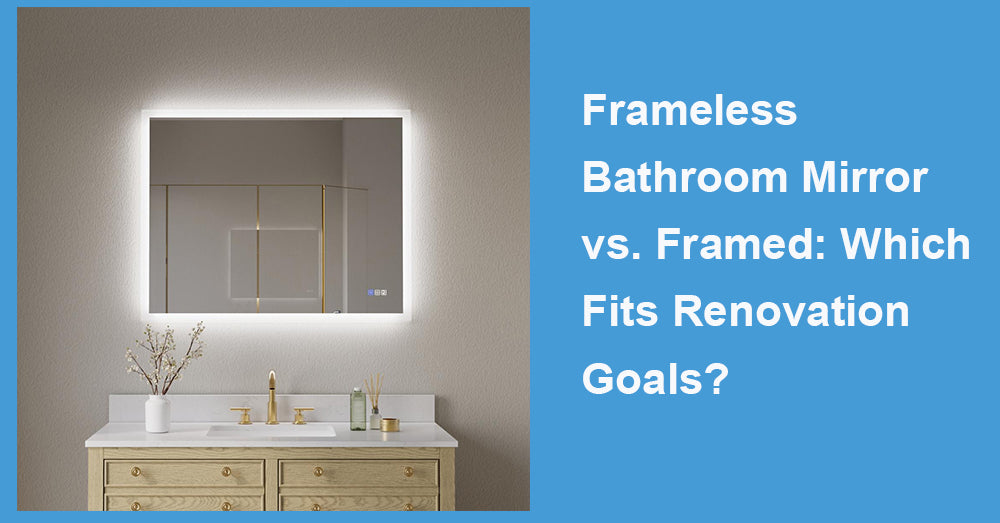
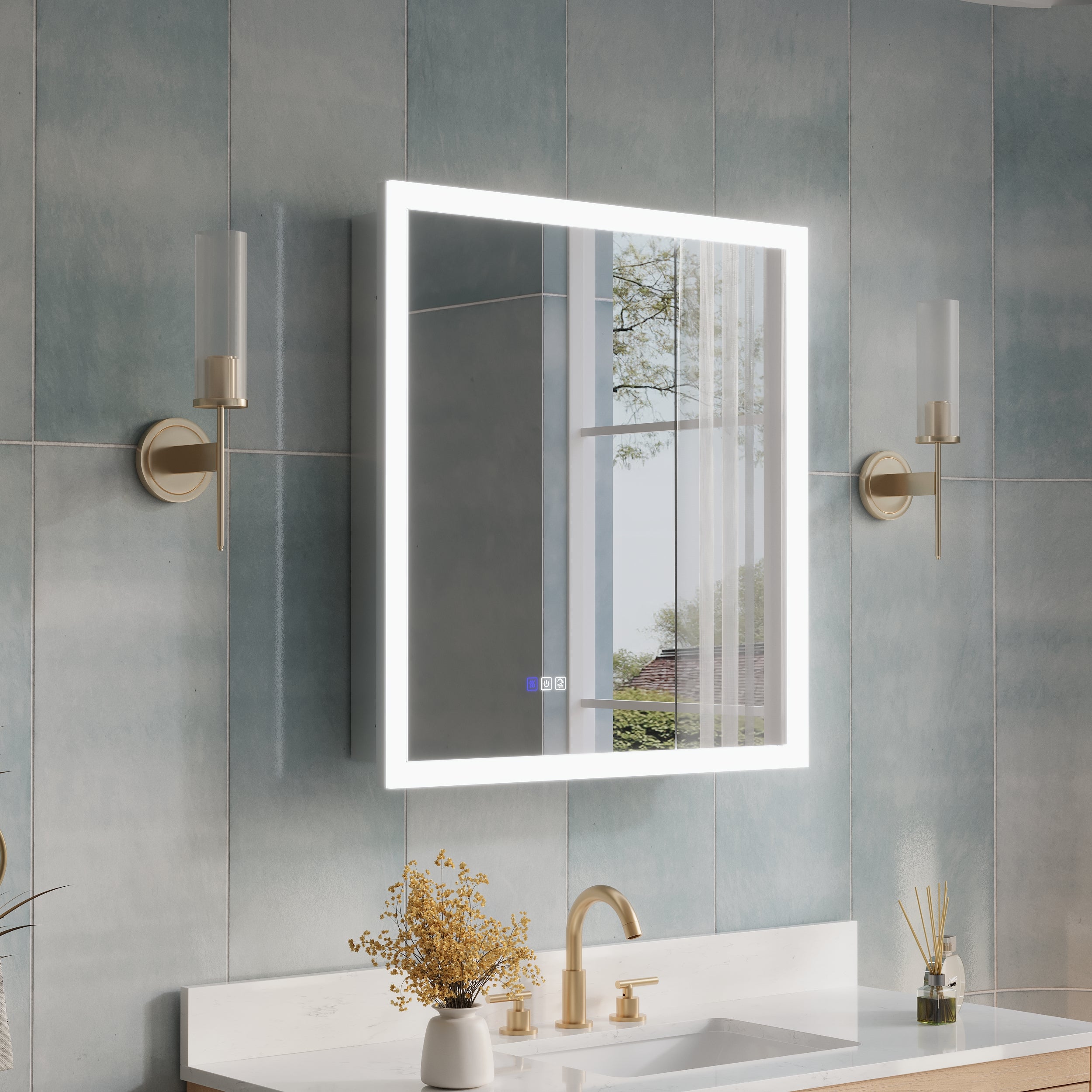

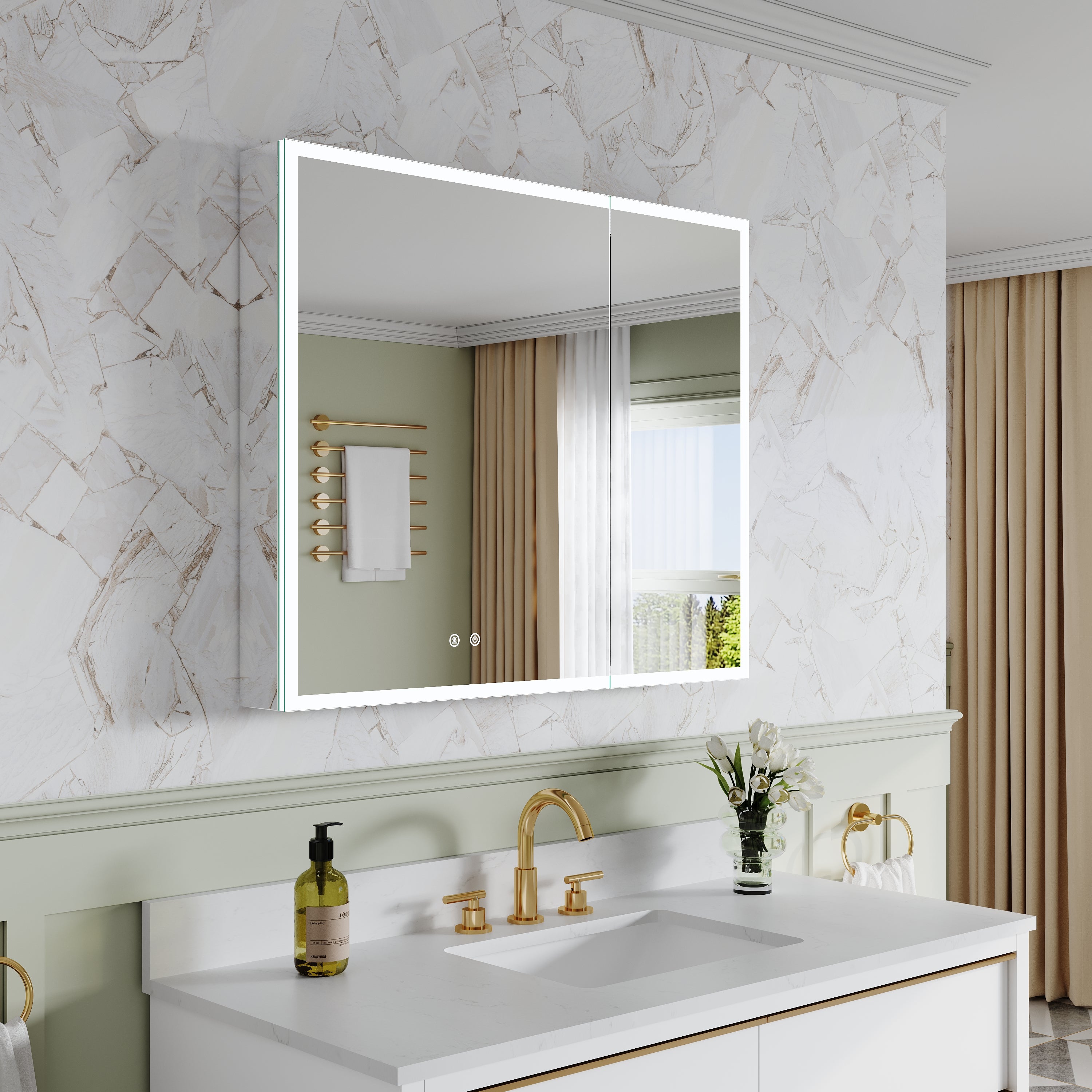
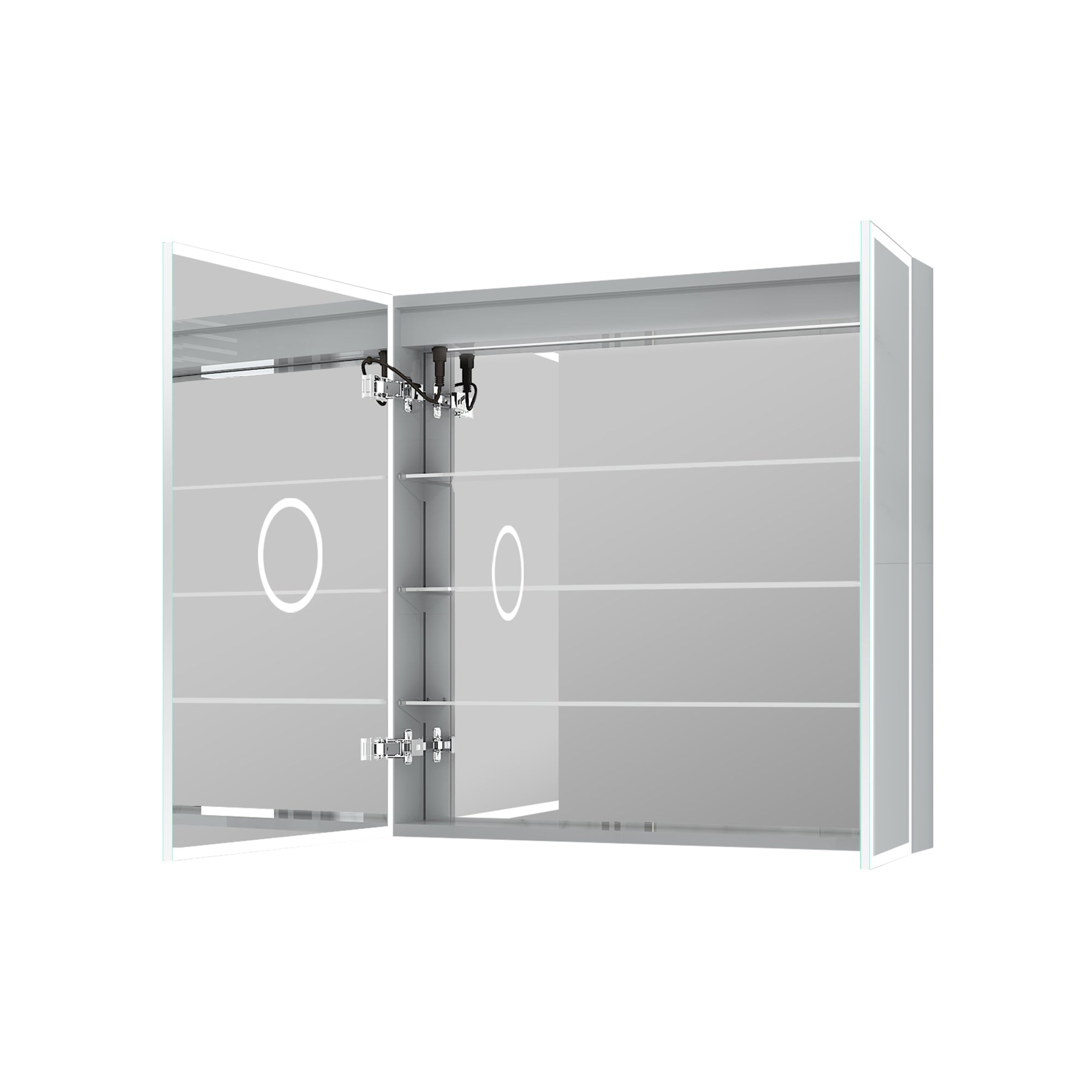
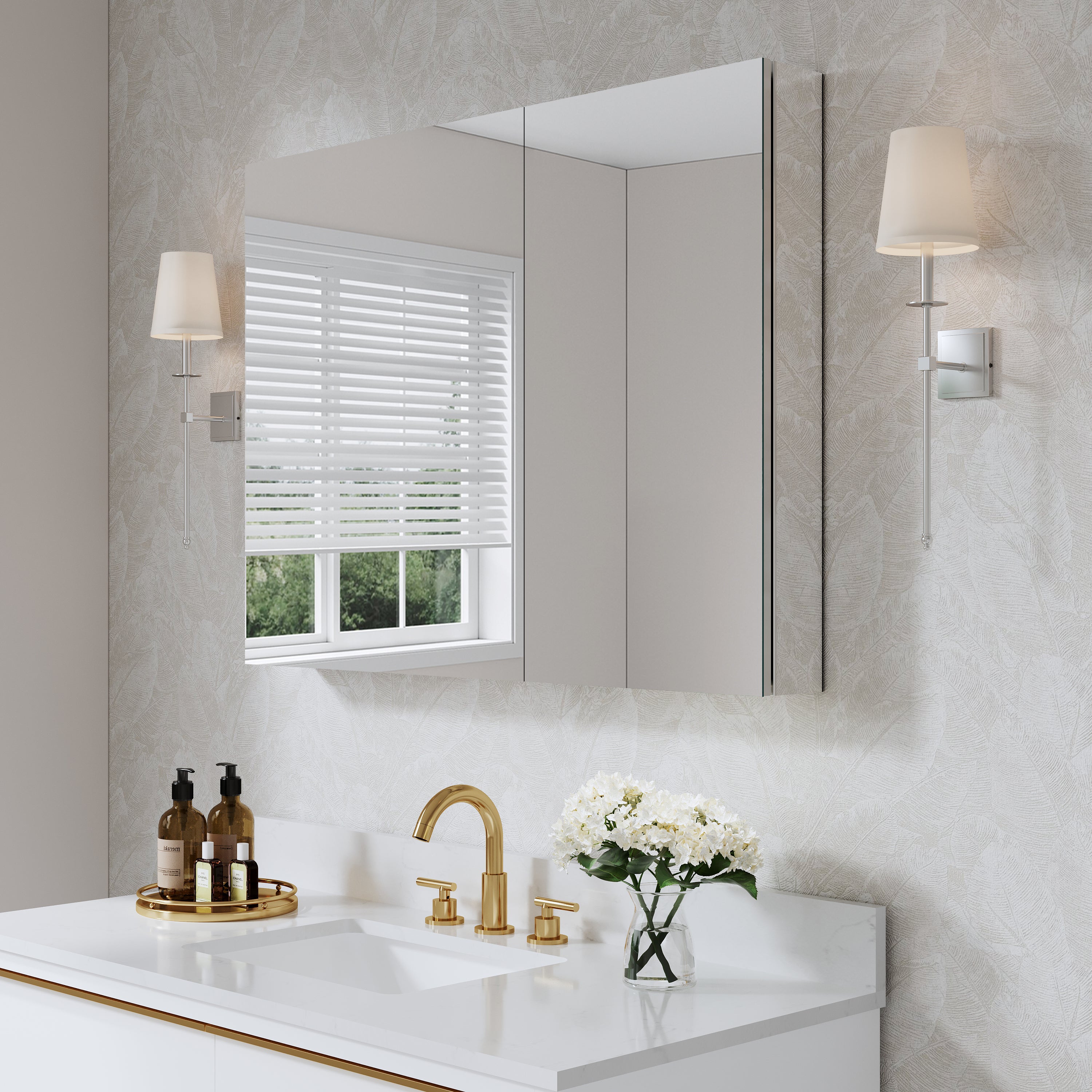

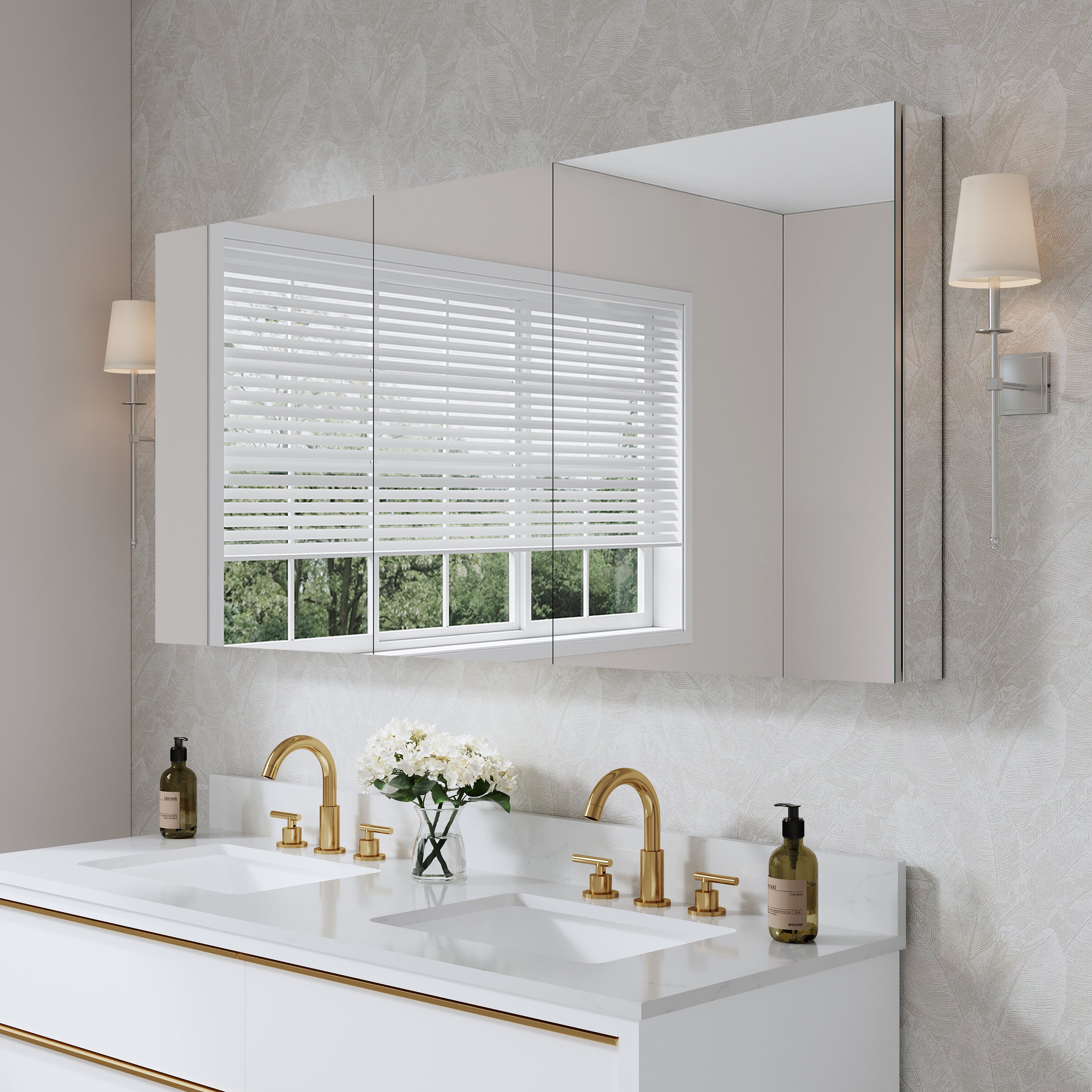

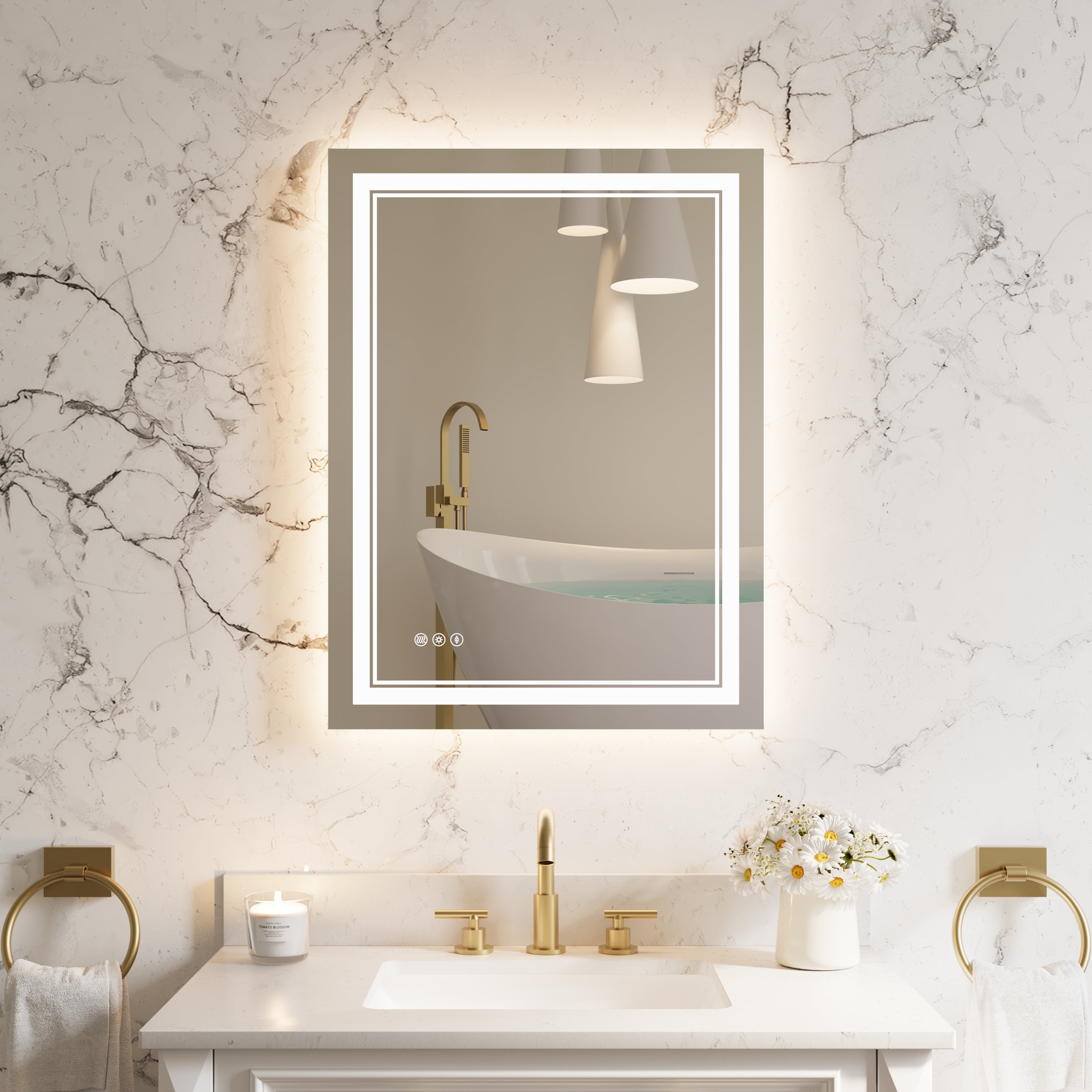
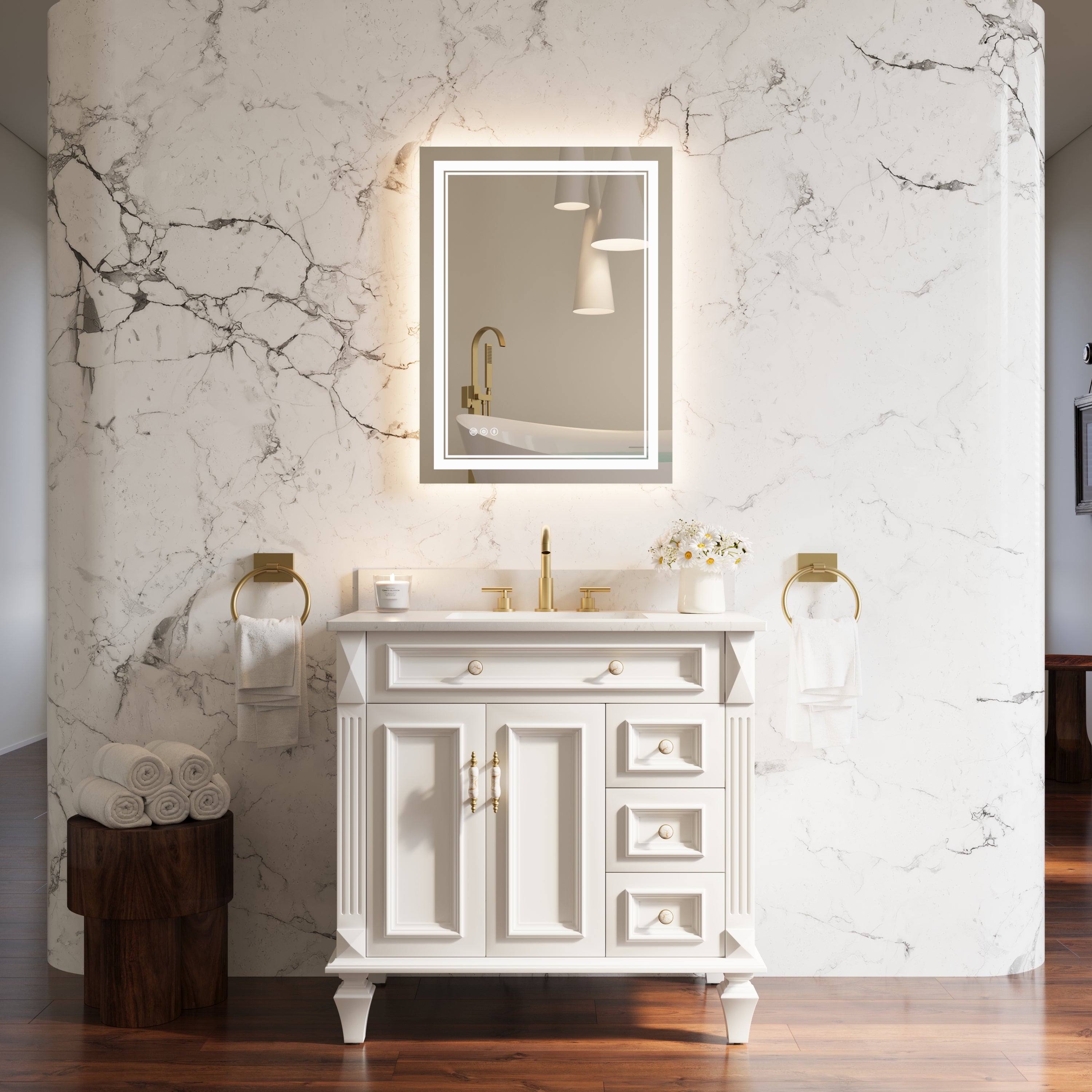
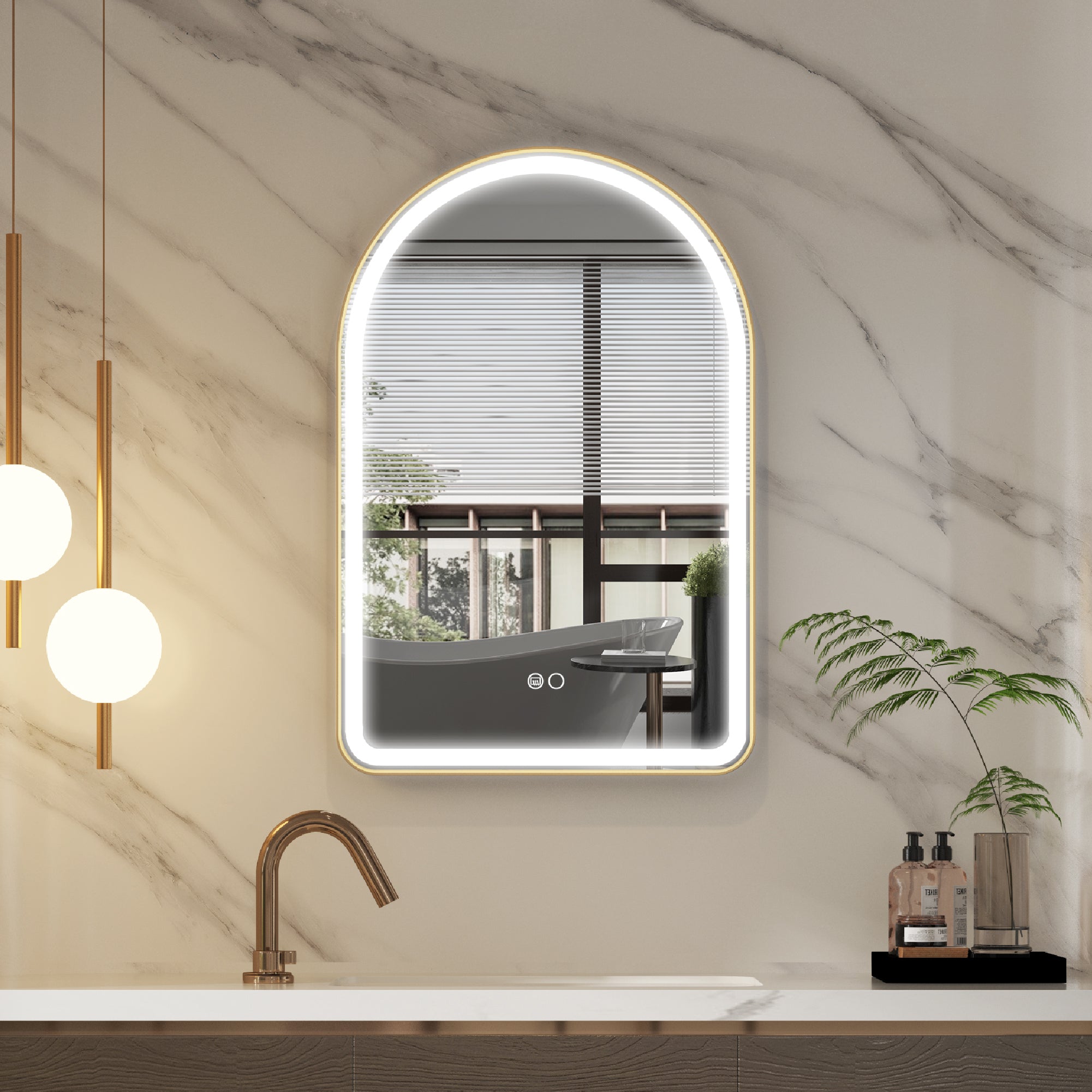
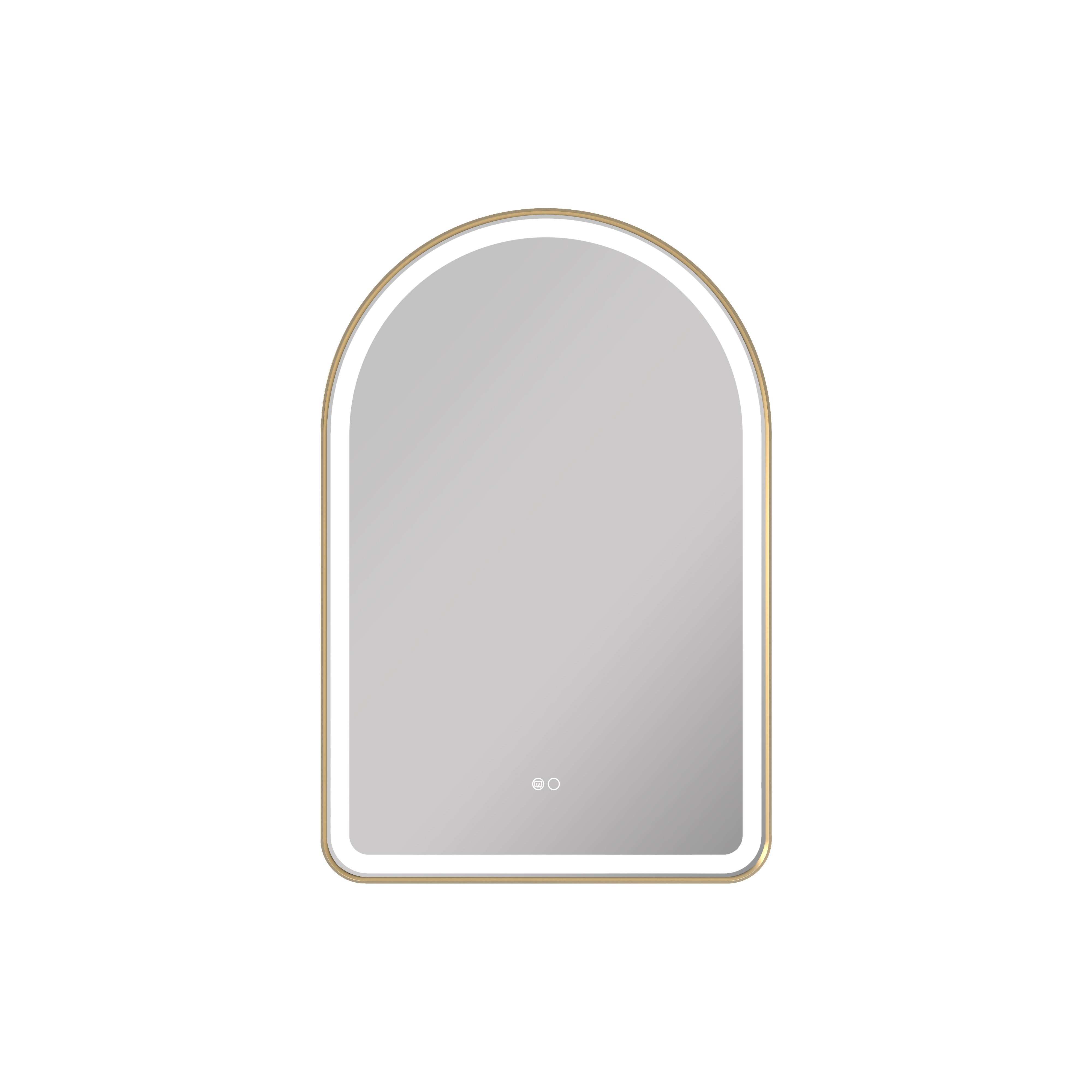
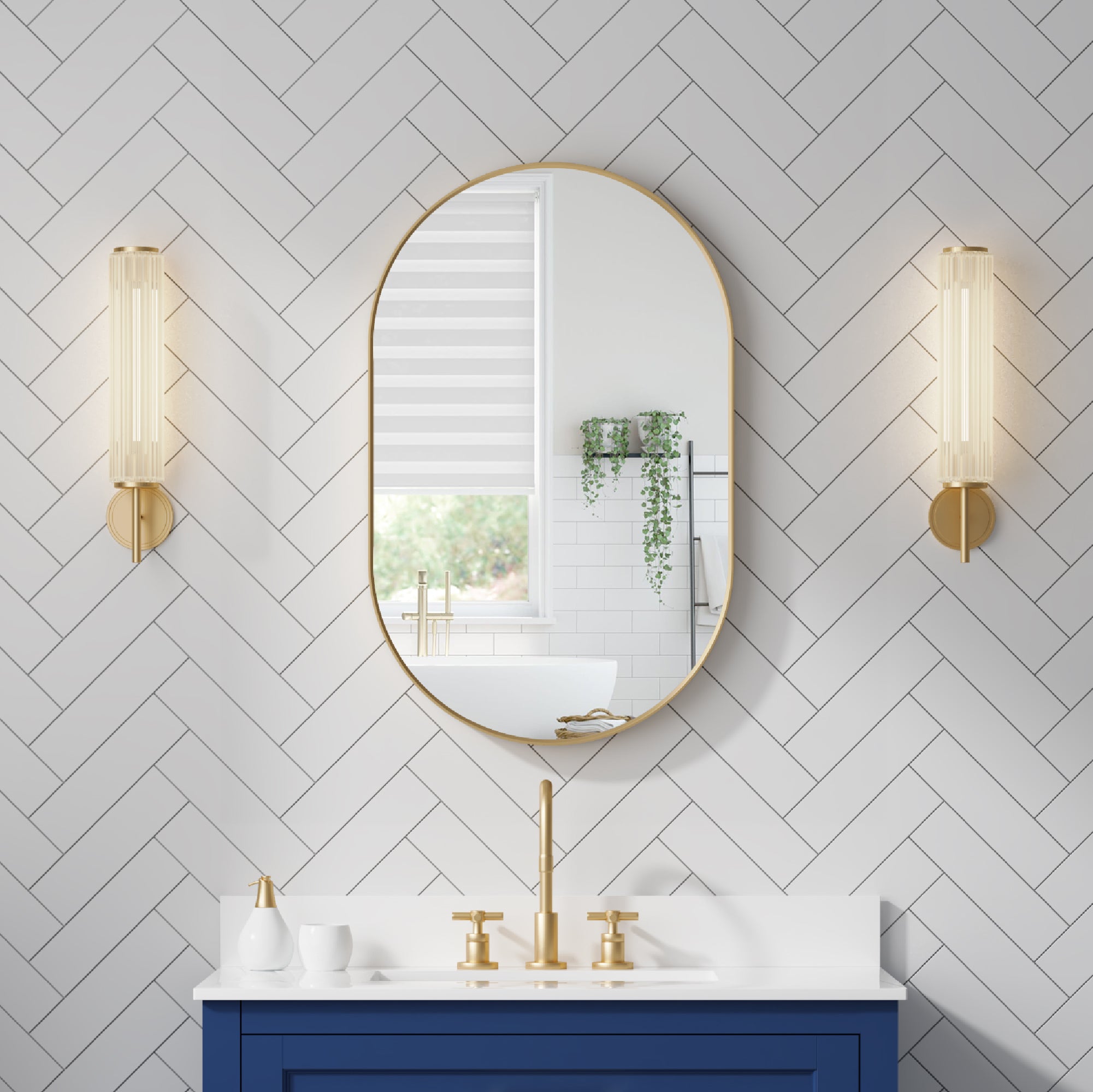
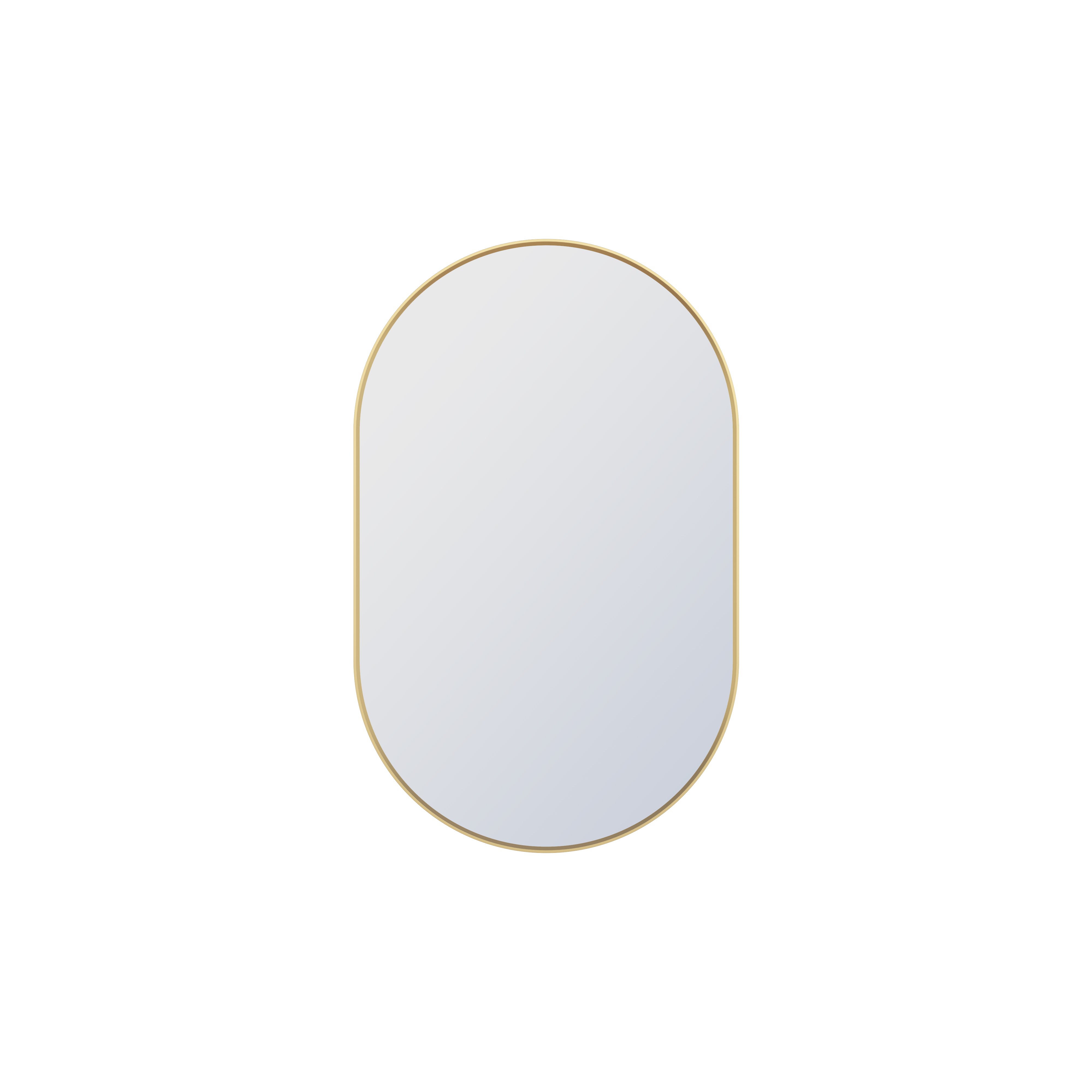


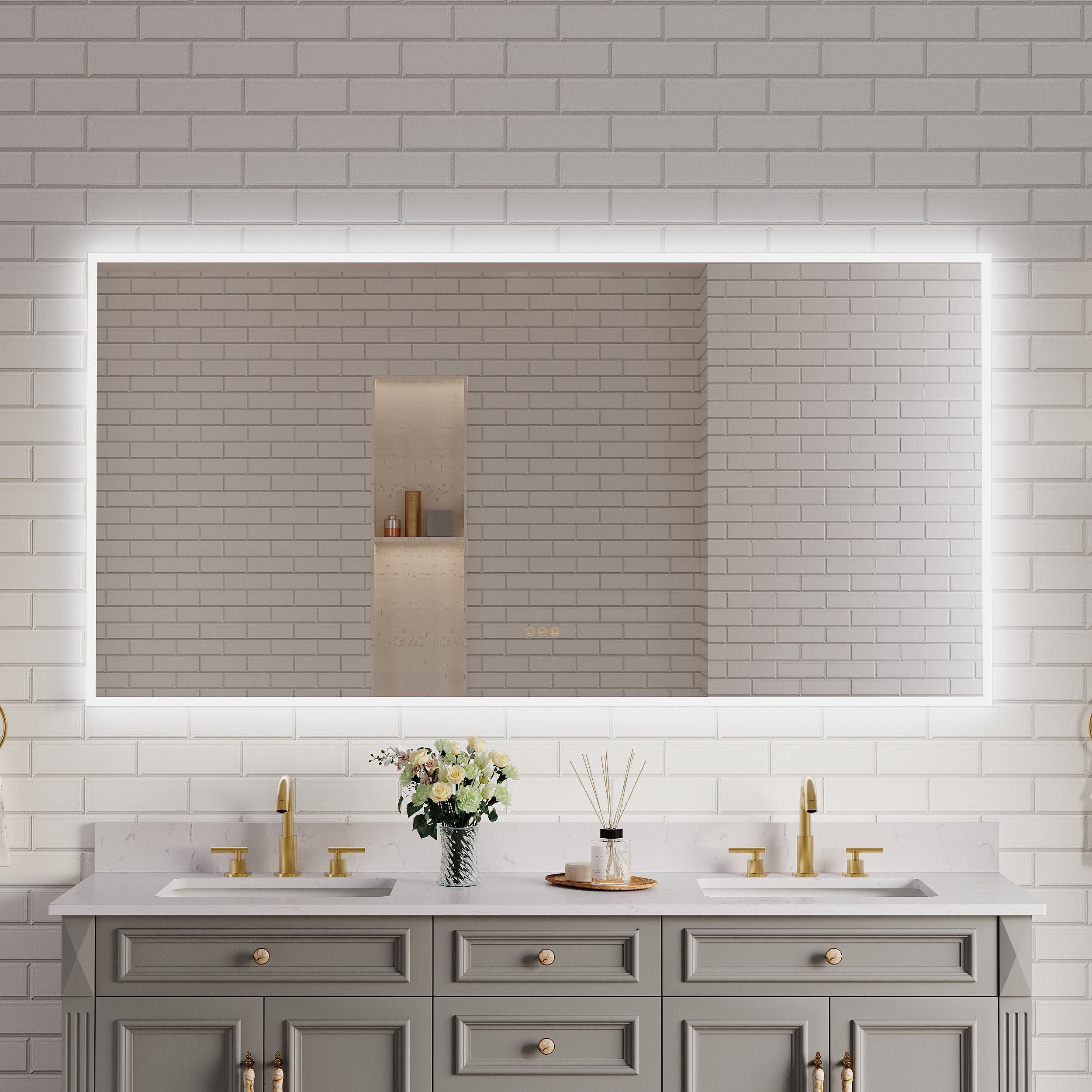





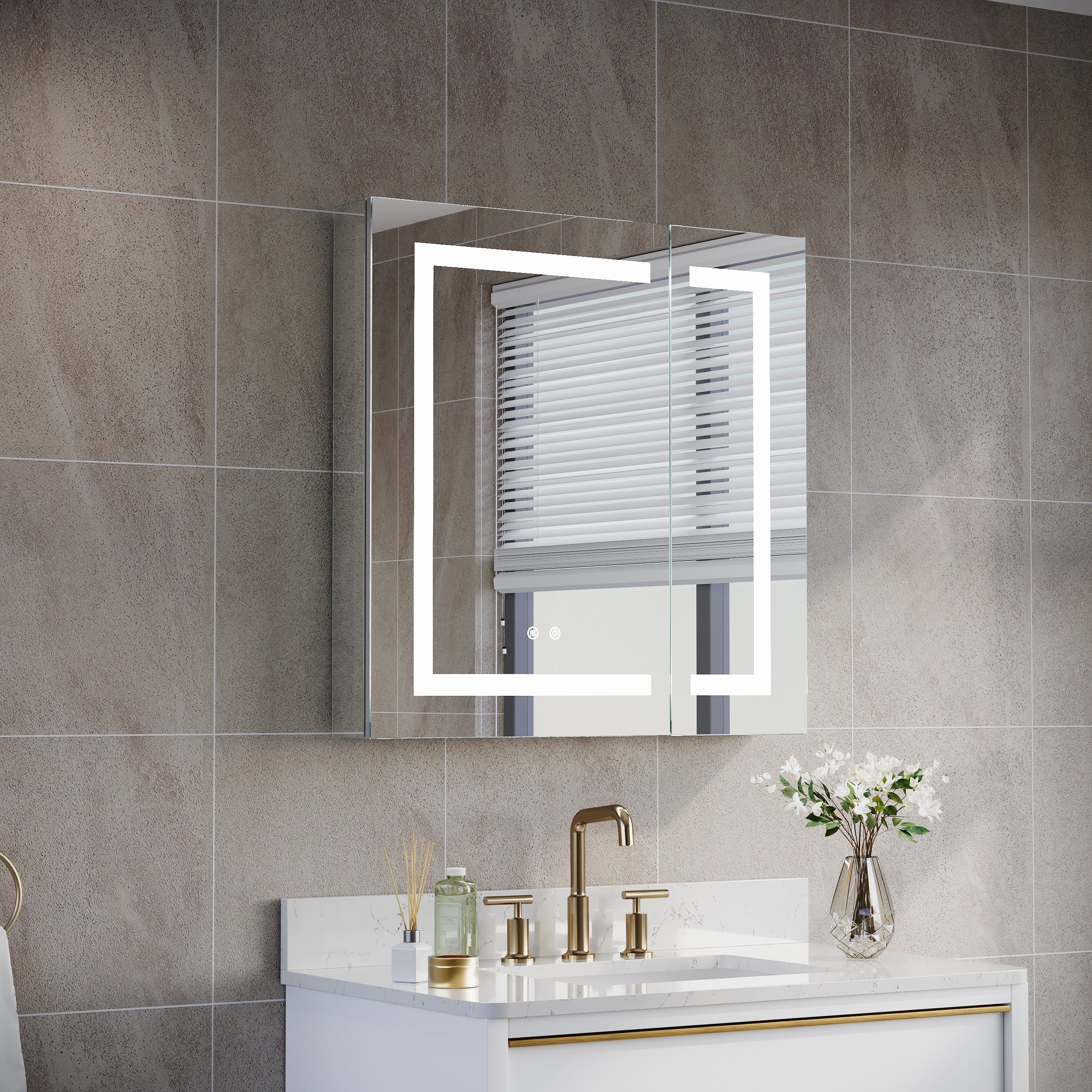
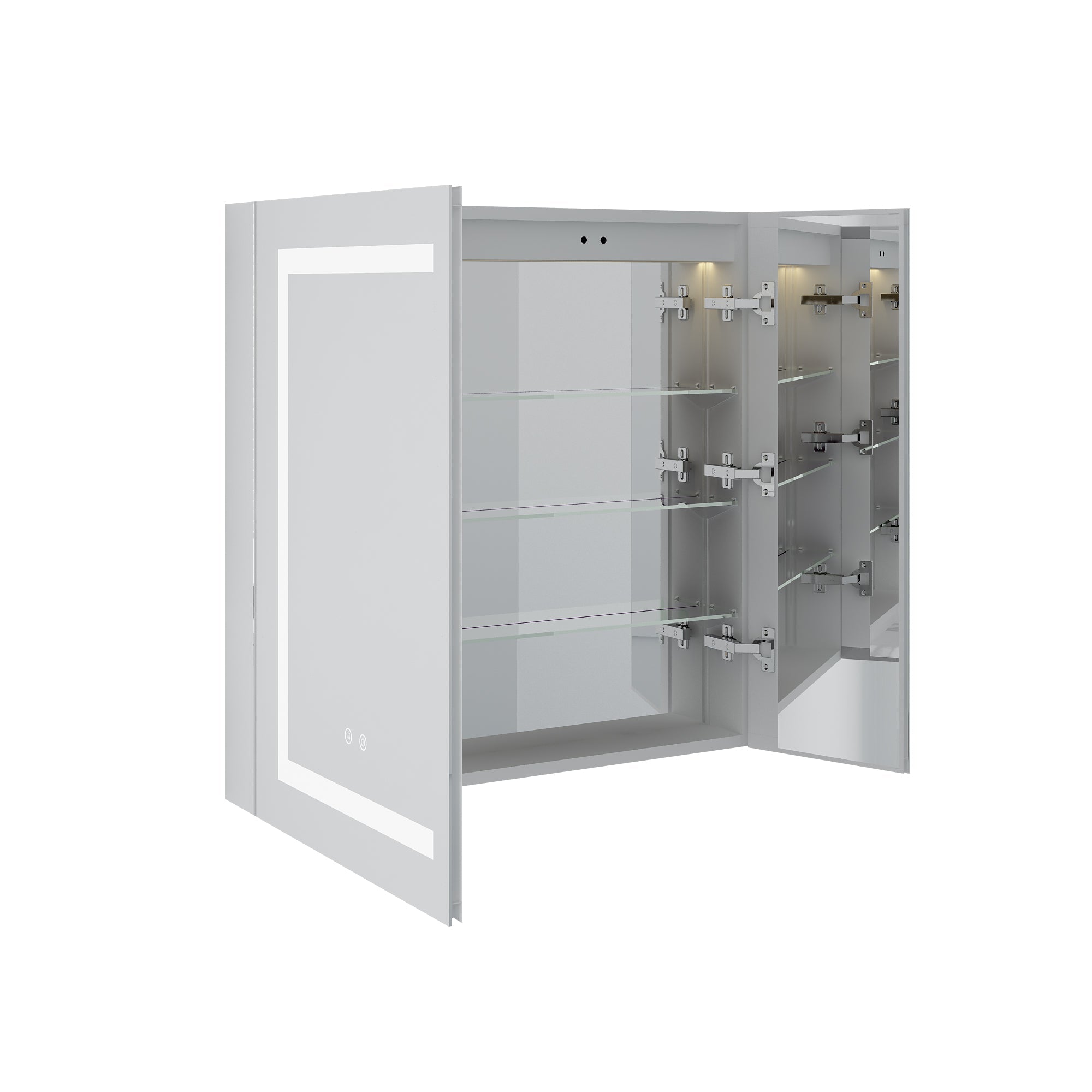




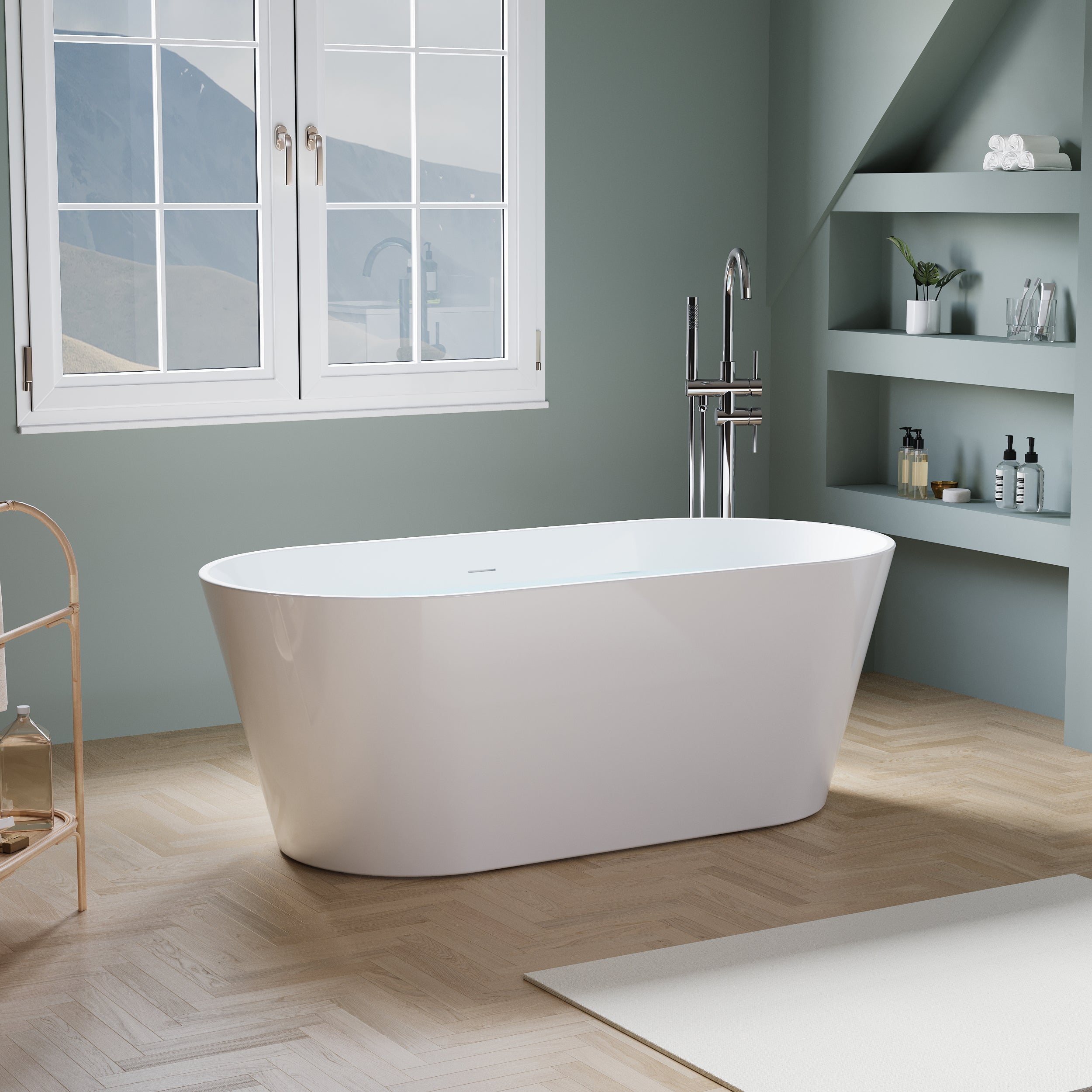
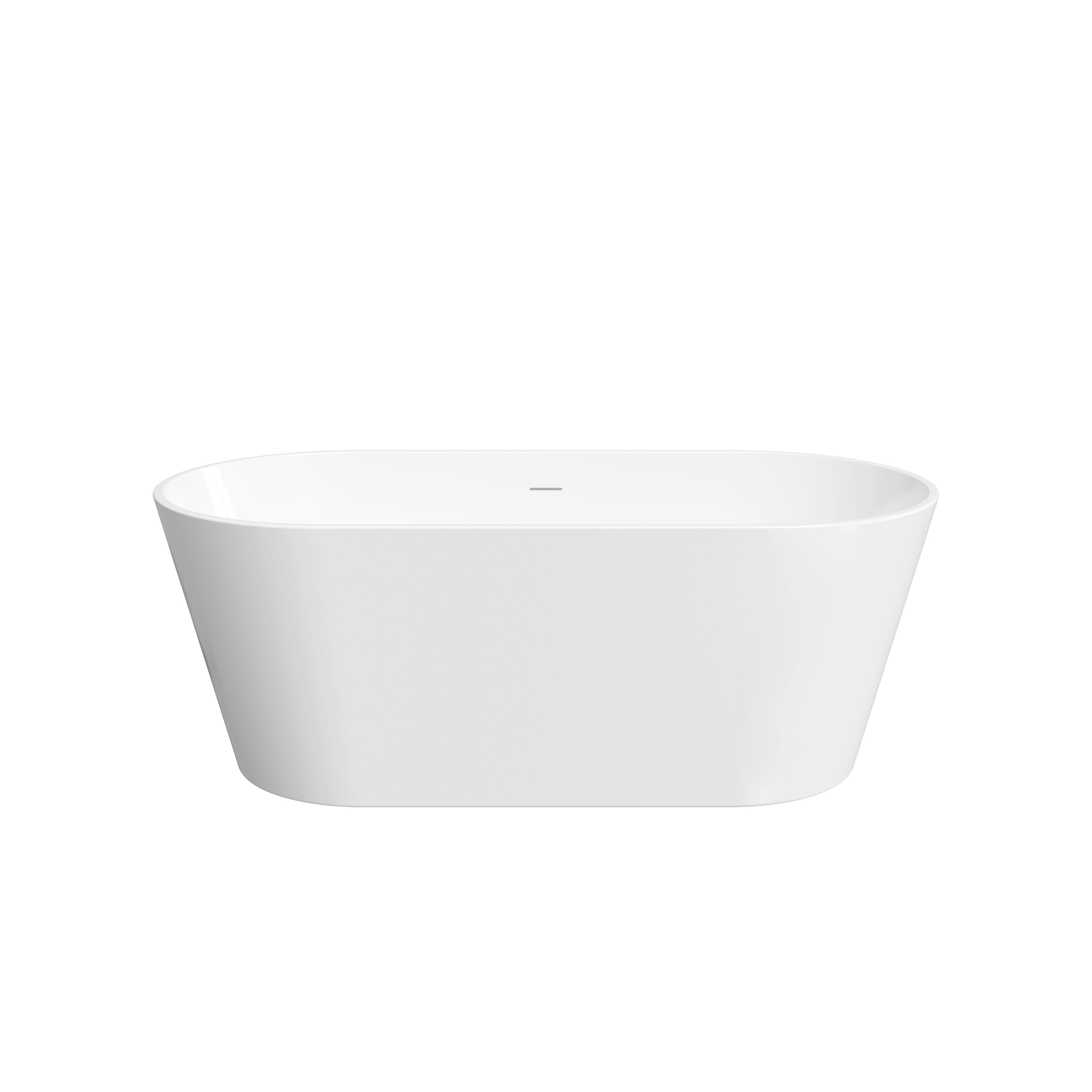


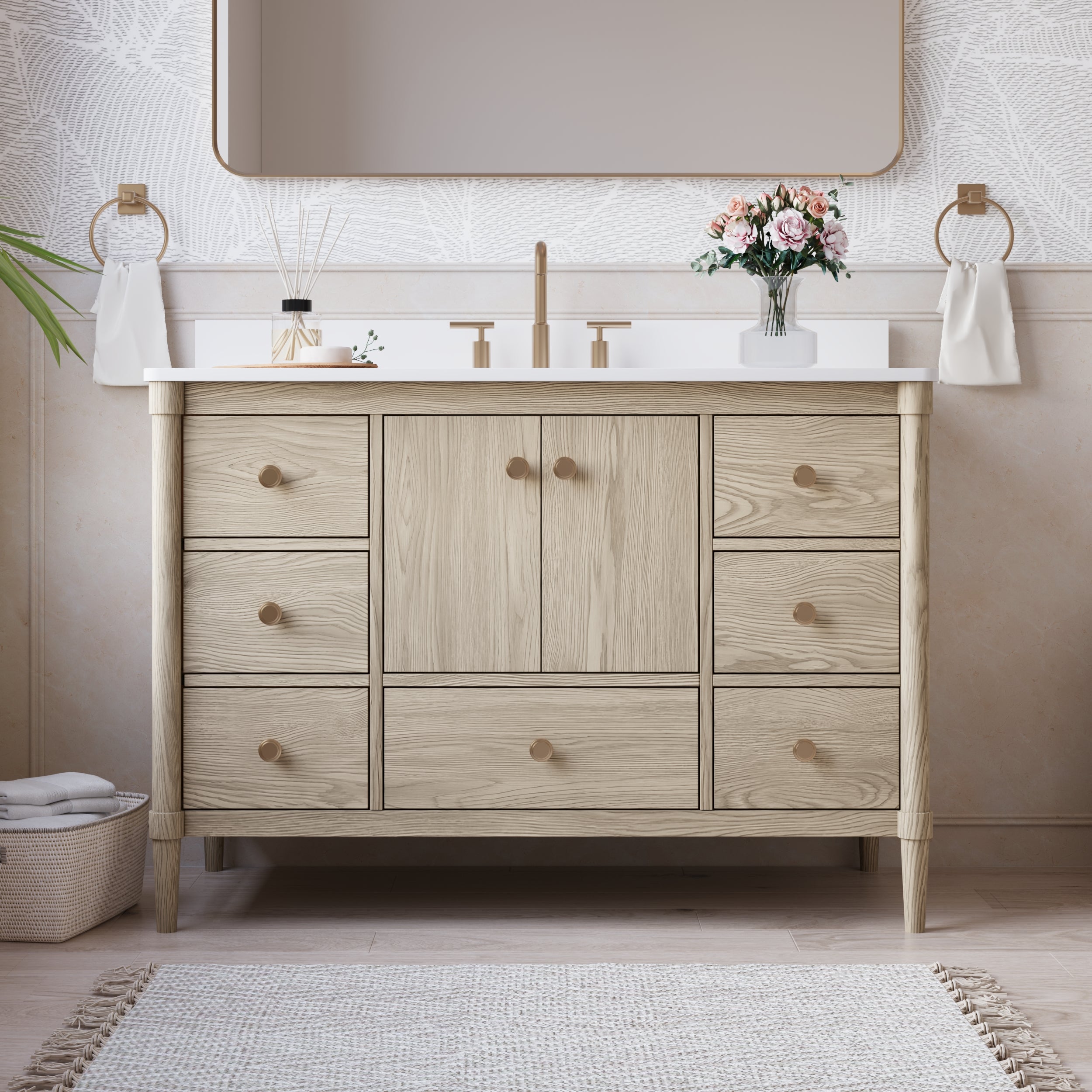
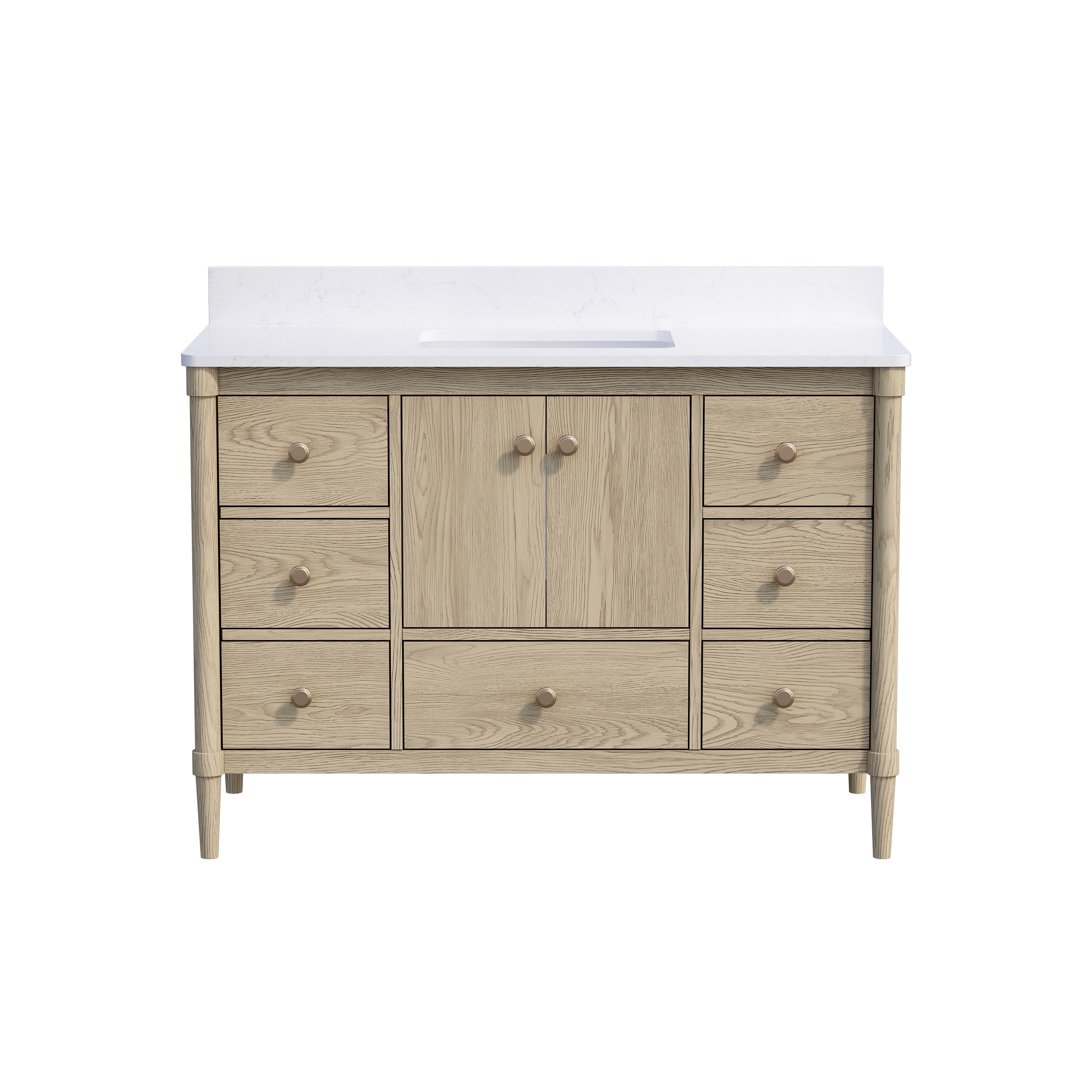
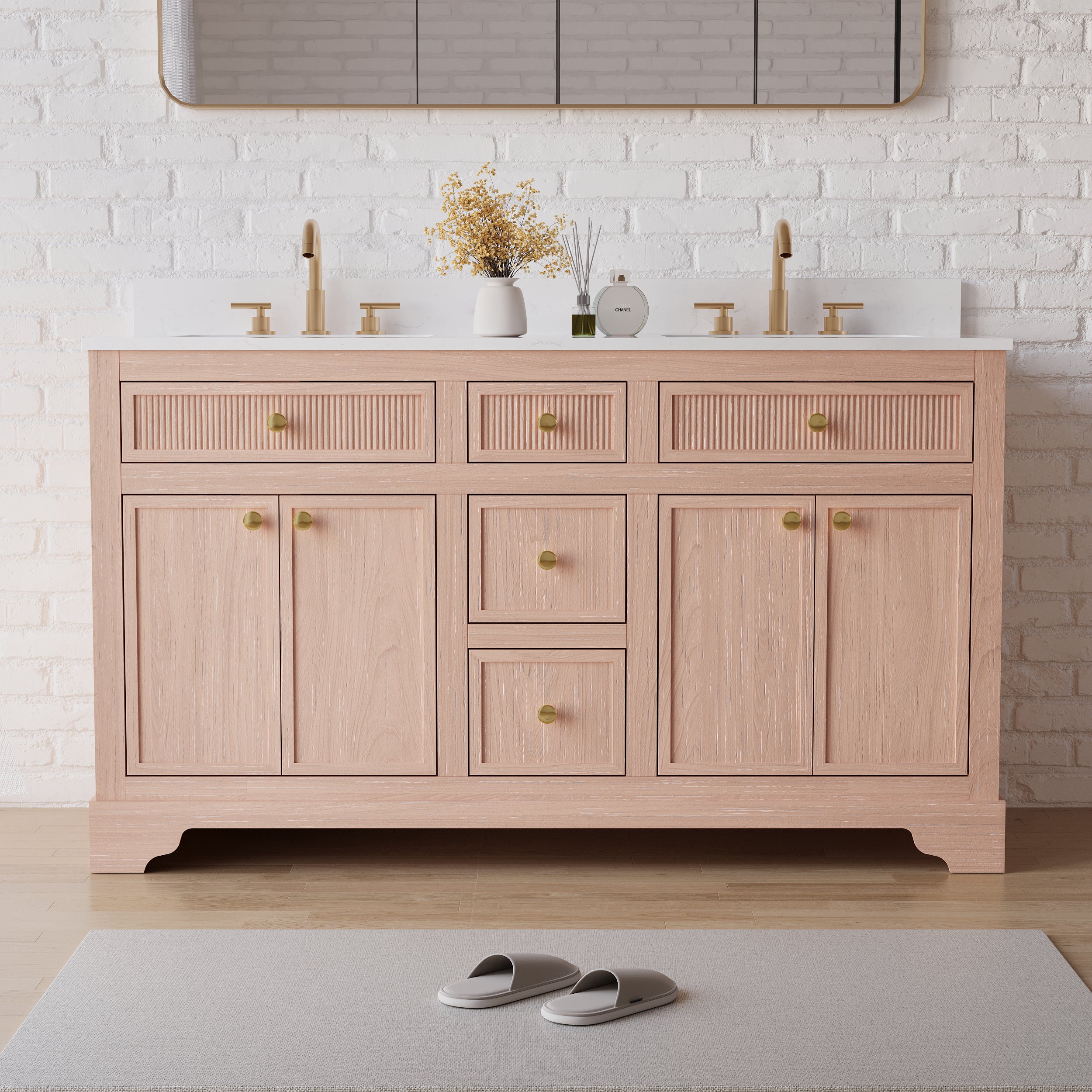
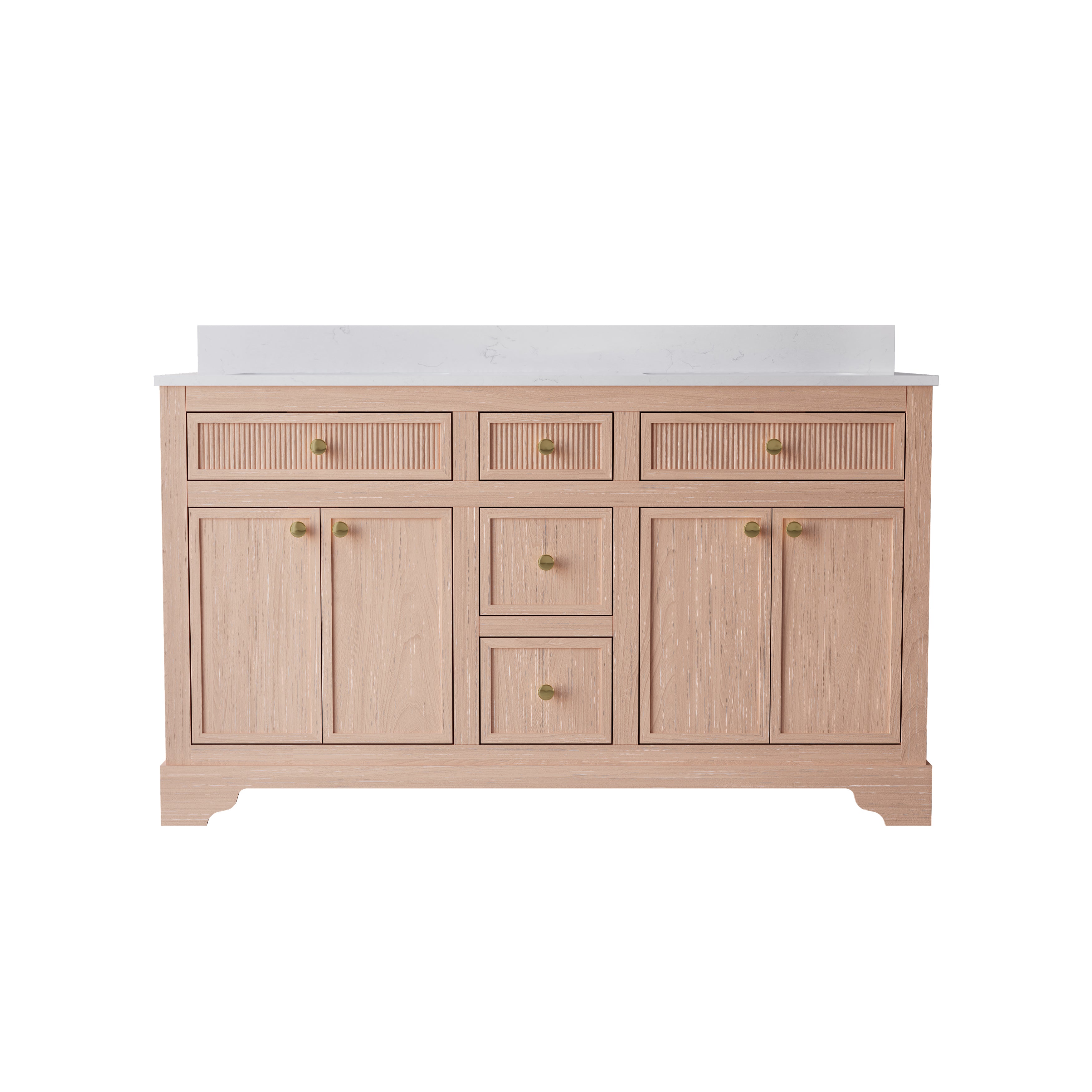
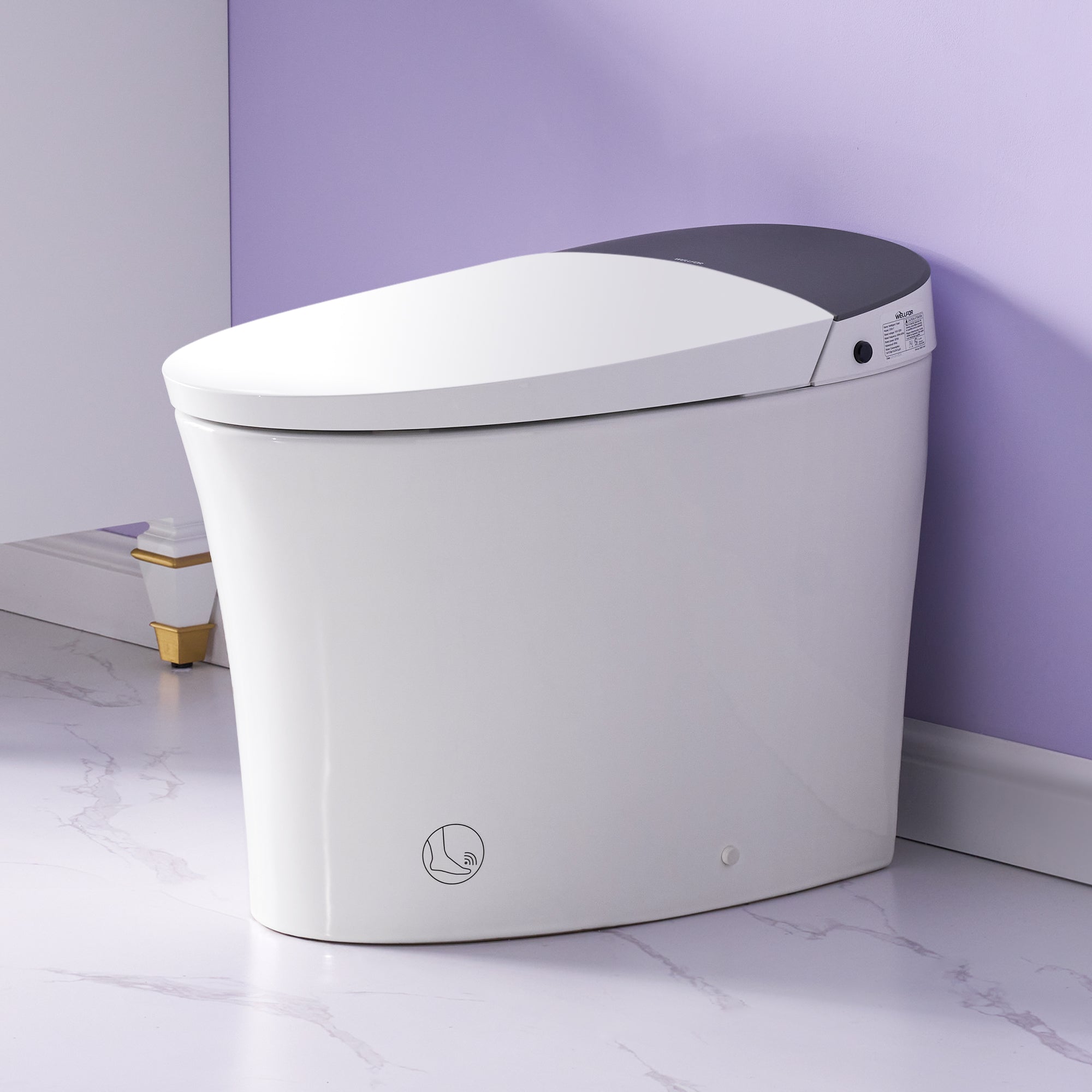
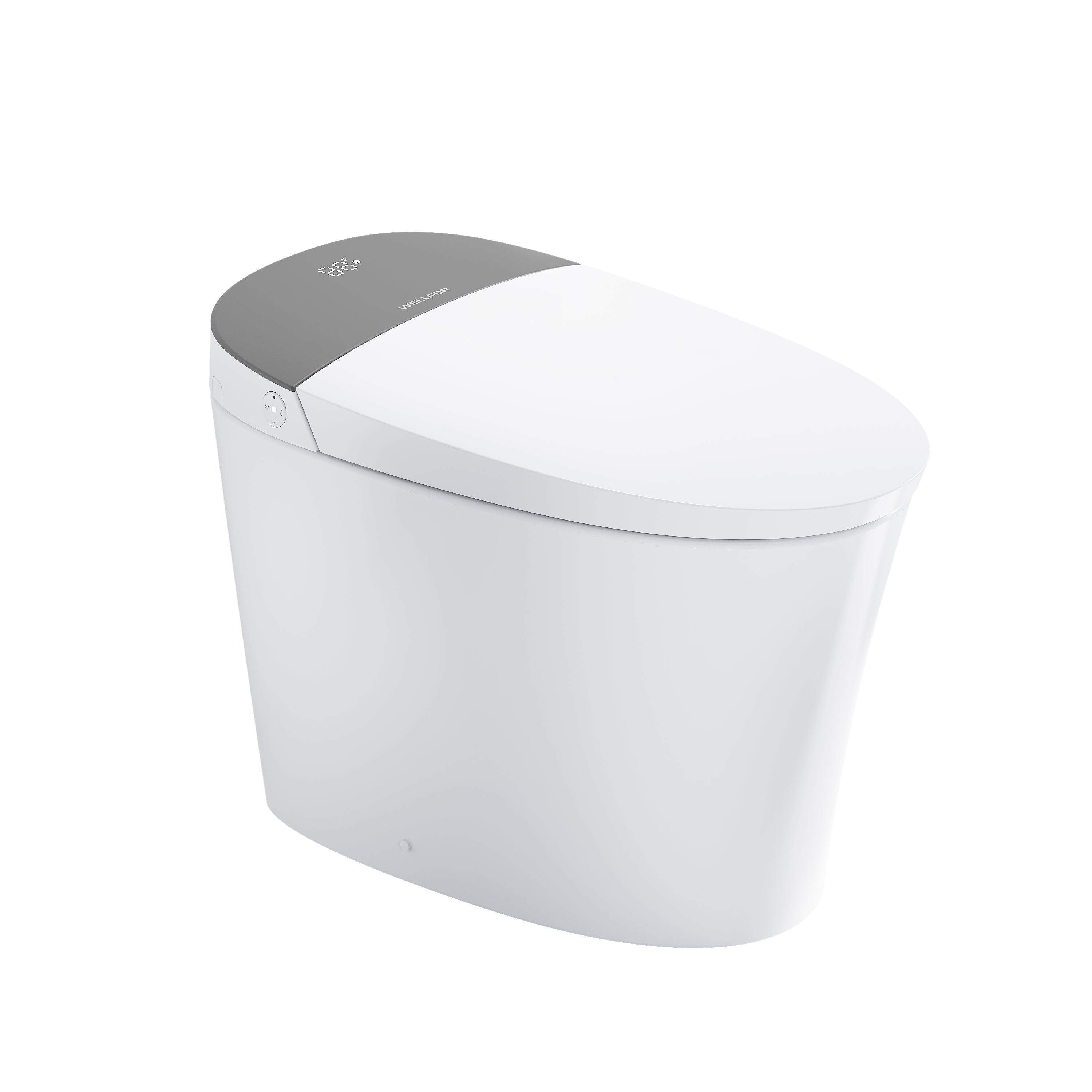
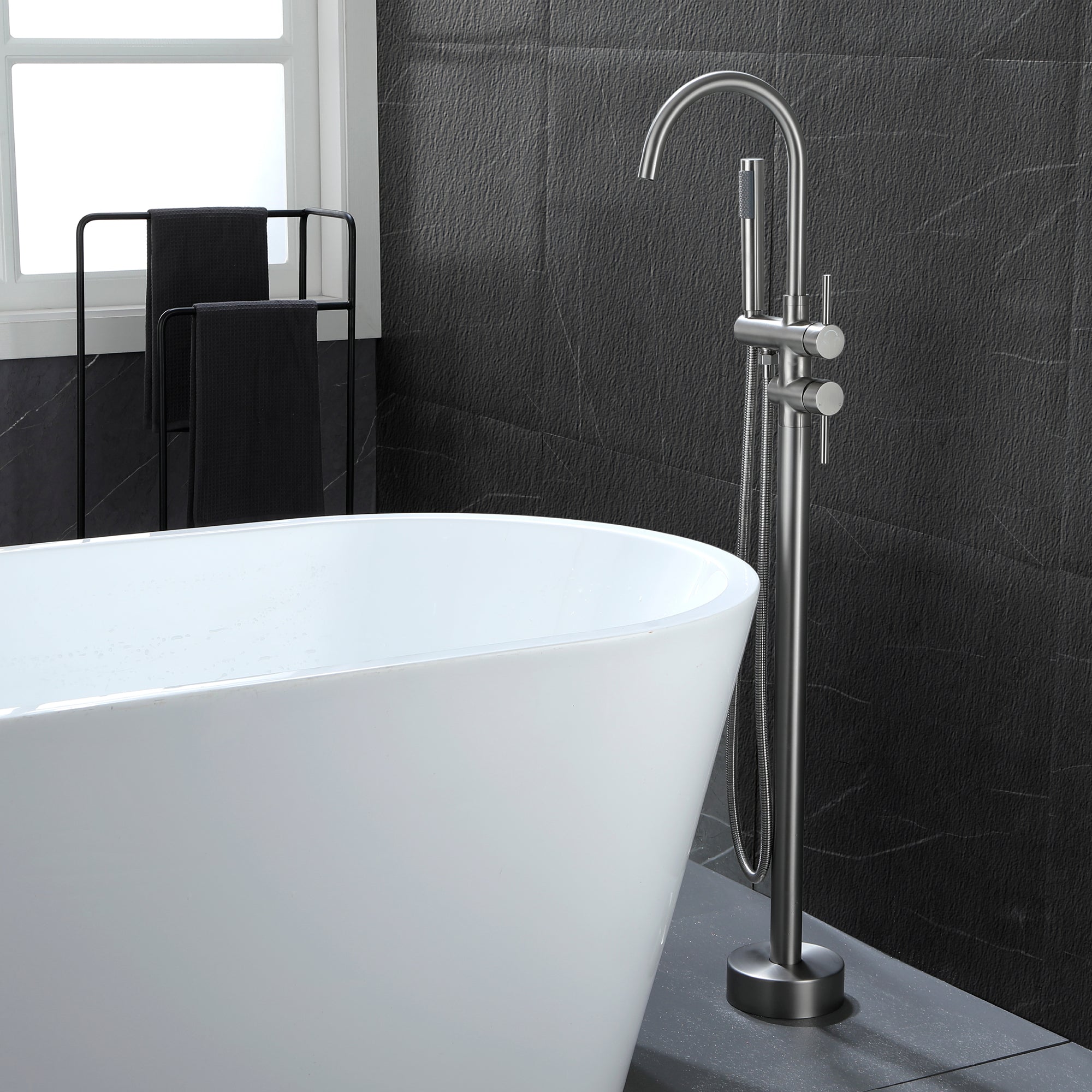

Leave a comment
This site is protected by hCaptcha and the hCaptcha Privacy Policy and Terms of Service apply.